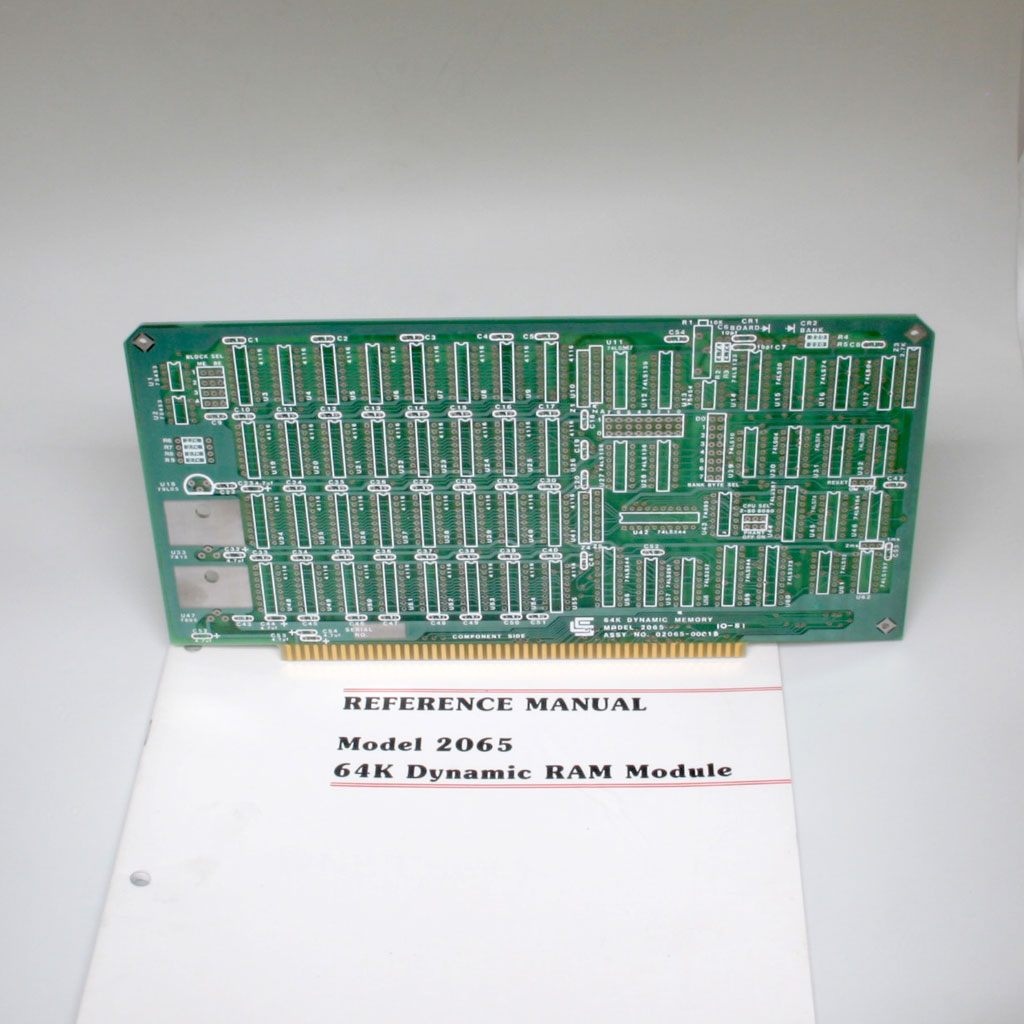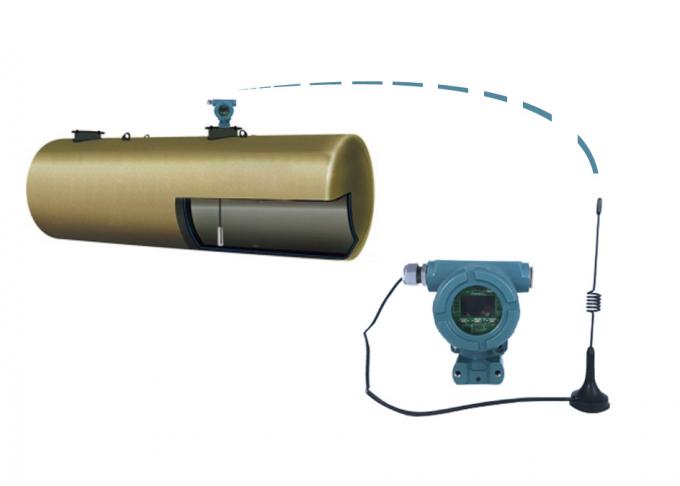


When we cancel the memory pressure, the memory won’t be reclaimed straight away. If we look at the Hyper-V is assigned that full amount 4GB :), as you can see now and it is in a Warning state because the memory demand actually want this amount. What this actually is doing putting it under pressure.
#Dynamic ram pressure driver
We can’t directly look at that, but with the RAMMap tool from Sysinternals can show that the Driver Locked is consuming around 1.5GB, which is roughly the difference between 2GB startup and the amount that actually is allocated right now (615MB + Memory buffer).īut this Virtual Machine can actually grow up to 4GB Maximum RAM, so what I want to do is going to apply some memory pressure to this Virtual Machine. What happens is that balloon driver (kernel device driver) tells the OS give me some memory, and that basically balloons driver consumes that memory, and then tells the Hypervisor hey, here is the memory block you can take this back :) If we actually look inside the guest Operating System in Task Manager, what we can see is it still thinks it has 2GB because you can’t really take memory away from the virtual machine. What can I see right now, this is actually been assigned with 640MB that actually shrunk from the startup amount 2GB. We have a Virtual Machine here set with 2GB as Startup RAM, minimum 512MB and maximum is 4GB RAM. Today’s post will show Dynamic memory in Action :) In Part 1 we covered Understanding Dynamic Memory in Hyper-V 2012/R2.


 0 kommentar(er)
0 kommentar(er)
